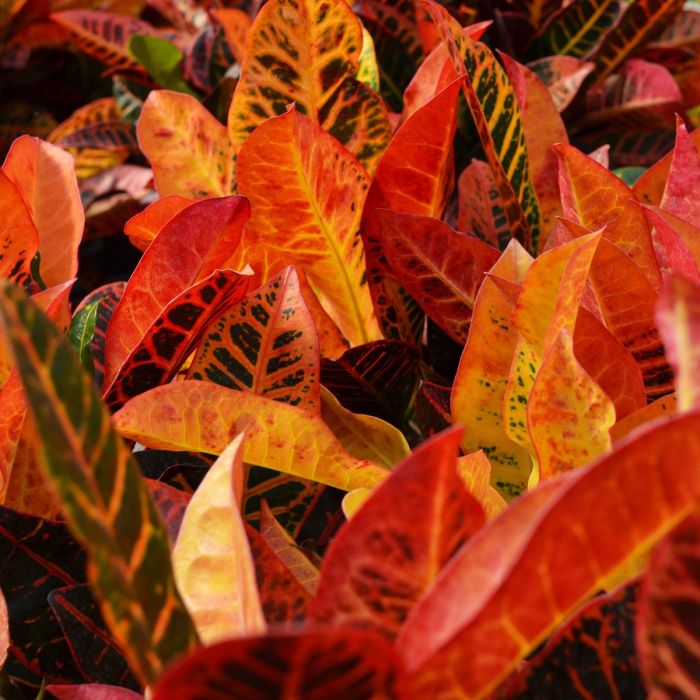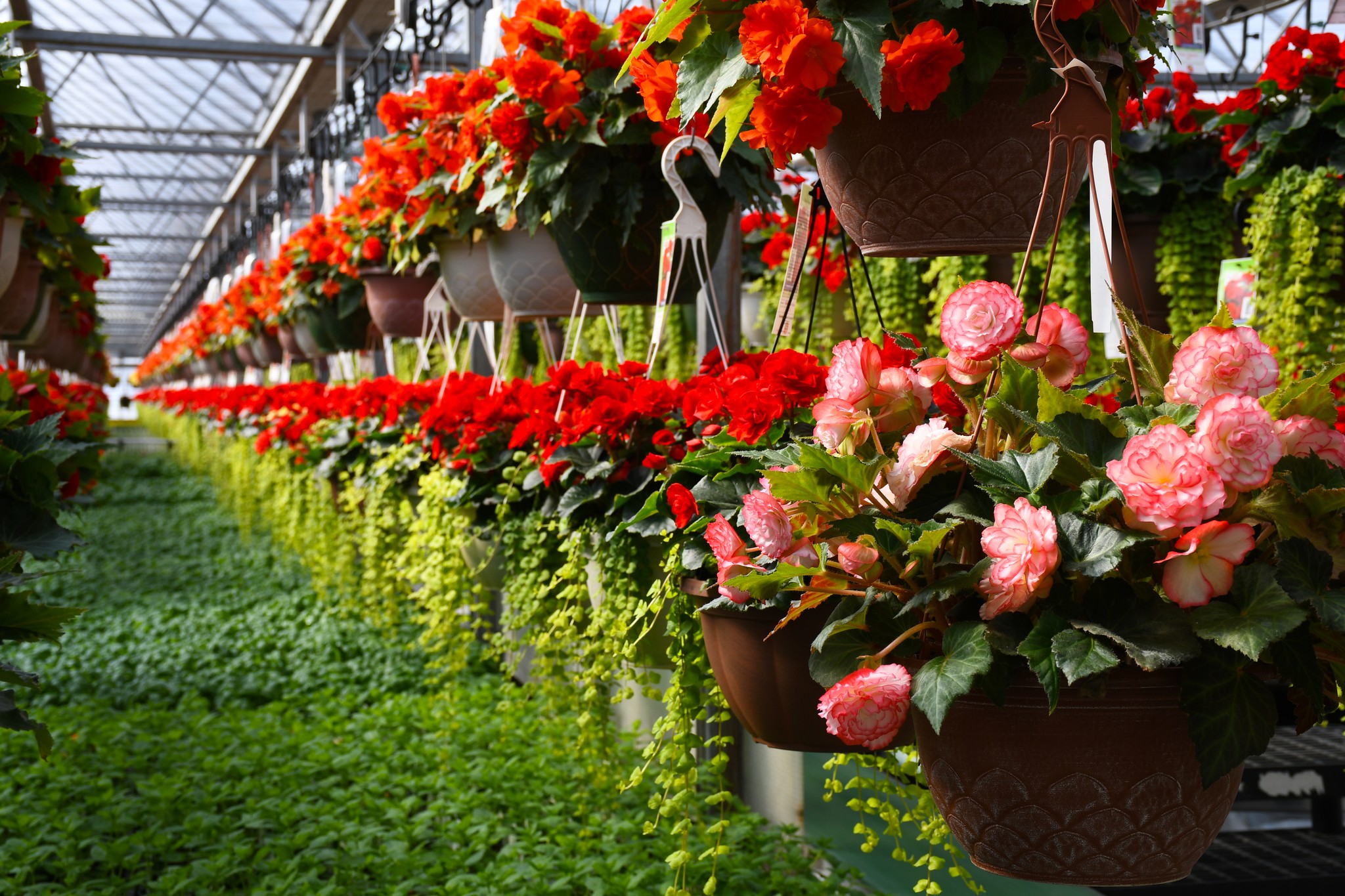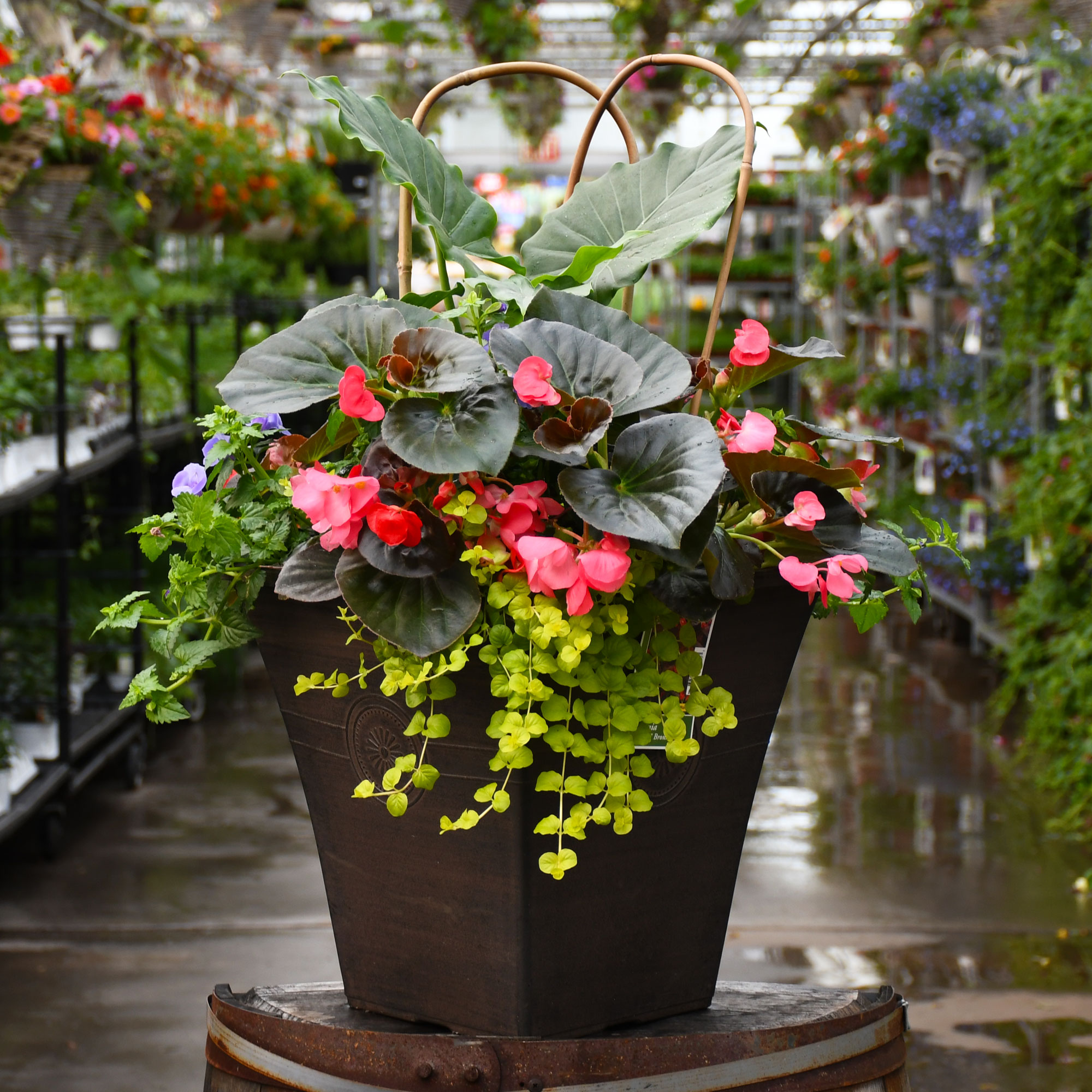Codiaeum, Variegated Croton, Single Trunk


Out of stock
Temporarily Out of Stock- Sun Preference
- Full-Sun, Part-Sun
Description
Variegated Croton | Codiaeum variegatum
This woody perennial is largely considered as a houseplant in colder climates, noted for its striking foliage; glossy, leathery, ovate or lanceolate leaves in a bright range of colors, yellow, pink, orange, red, bronze, green, and purple
Direct from the Grower
When you see the Gerten Grown logo on our annuals, you know you're getting a fresh plant directly from our greenhouse. We've been perfecting our growing process for over four generations and pride ourselves on providing local quality and freshness to our customers. Better pricing on better quality plant material, that's Gerten Grown.
Details
Variegated Croton features dainty racemes of white star-shaped flowers from late winter to early spring. Its attractive glossy pointy leaves emerge green in spring, turning plum purple in color with showy red variegation and tinges of yellow the rest of the year.
Variegated Croton is a dense herbaceous annual with an upright spreading habit of growth. Its wonderfully bold, coarse texture can be very effective in a balanced garden composition.
This is a relatively low maintenance plant, and should not require much pruning, except when necessary, such as to remove dieback. Deer don't particularly care for this plant and will usually leave it alone in favor of tastier treats. It has no significant negative characteristics.
Variegated Croton is recommended for the following landscape applications;
- Accent
- Mass Planting
- General Garden Use
- Container Planting
Variegated Croton will grow to be about 6 feet tall at maturity, with a spread of 5 feet. Although it's not a true annual, this plant can be expected to behave as an annual in our climate if left outdoors over the winter, usually needing replacement the following year. As such, gardeners should take into consideration that it will perform differently than it would in its native habitat.
This plant does best in full sun to partial shade. It does best in average to evenly moist conditions, but will not tolerate standing water. It is not particular as to soil pH, but grows best in rich soils. It is somewhat tolerant of urban pollution. This species is not originally from North America, and parts of it are known to be toxic to humans and animals, so care should be exercised in planting it around children and pets.
Variegated Croton is a fine choice for the garden, but it is also a good selection for planting in outdoor pots and containers. With its upright habit of growth, it is best suited for use as a 'thriller' in the 'spiller-thriller-filler' container combination; plant it near the center of the pot, surrounded by smaller plants and those that spill over the edges. It is even sizeable enough that it can be grown alone in a suitable container. Note that when growing plants in outdoor containers and baskets, they may require more frequent waterings than they would in the yard or garden.
More Information
| Common Family Name | Croton |
|---|---|
| Sun Preference | Full-Sun, Part-Sun |
| Plant Life Cycle | Annual |
| Mature Height (Range) | 49" - 60" |
| Mature Spread (Range) | Over 36" |


